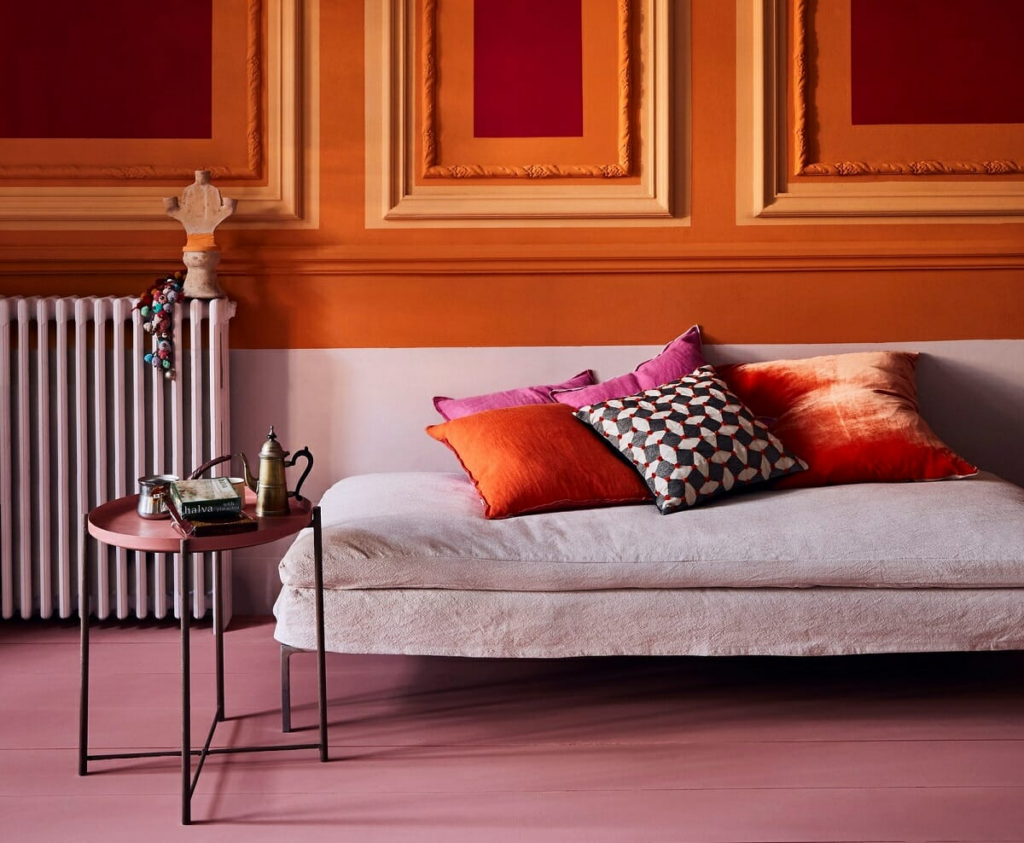Did you know that colors play a significant role in shaping your child’s emotions and behavior? According to a study by the University of California, children under the age of 10 are highly sensitive to the colors around them. Colors can impact their learning, performance, and memory in profound ways.
Color therapy, also known as chromotherapy, has been practiced for thousands of years by ancient cultures like the Egyptians and Chinese. They believed that colors influence different energy centers (chakras) in the body. Even today, therapists use chromotherapy to promote mental and emotional well-being.
As a parent, choosing the right colors for your child’s bedroom is essential for fostering a positive and healthy environment. Let’s explore how different colors affect mood and which shades are best suited for your little one’s room.
Choosing the Right Colors for Your Child’s Room
1. Warm Colors for a Cheerful Atmosphere
Bright shades like yellow, orange, and red bring energy and happiness to a room. These colors stimulate confidence, enthusiasm, and social skills. However, excessive red may trigger aggression, so it’s best used in moderation.
Ideal for: Active and playful children
2. Cool Colors for a Calming Effect
Shades like blue, green, teal, and turquoise create a peaceful and soothing atmosphere. They are perfect for kids who are hyperactive or struggle with anxiety, as they promote relaxation and focus.
Ideal for: Kids who need a calm and focused environment
3. Earthy Tones for a Natural Look

Colors like brown, beige, and tan provide warmth and stability. These shades pair well with vibrant furniture accents, creating a balanced and lively space.
Ideal for: A cozy and grounded environment
4. Harmonious Neutrals for Versatility
Shades like white, ivory, and soft greys evoke harmony and peace. They blend well with any other color, allowing for flexible and creative decor options.
Ideal for: A timeless and adaptable bedroom design
5. Pastel Shades for Focus and Relaxation
Soft hues like pink, peach, and mint help maintain a calm atmosphere while enhancing concentration. These colors are excellent for study areas as they encourage focus and creativity.
Ideal for: A serene and study-friendly environment
Final Thoughts
Your child’s bedroom is more than just a place to sleep—it’s a space where they learn, grow, and express themselves. Choosing the right colors can significantly impact their mood, behavior, and overall well-being. Whether you want to boost their energy, calm their mind, or encourage creativity, there’s a perfect color palette waiting for you.
Would you like help selecting the perfect interior design for your child’s room
Also Read : A Complete Guide to Hiring an Interior Designer for Your Home





